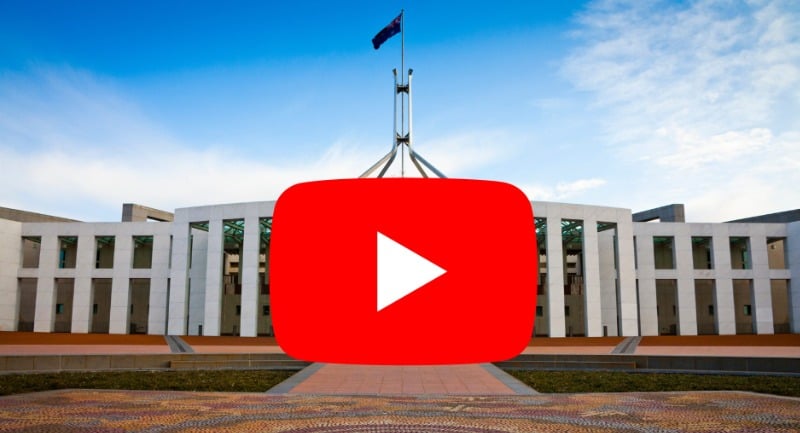While YouTube Kids has been given the green-light by the Albanese government to continue on, the main YouTube platform has been added to the government’s social media ban for users aged under 16 years.
YouTube will now join Instagram, Facebook, TikTok, X, and Snapchat in the ban, which will come into effect on December 10. The Google-owned YouTube had previously been given an exemption from the ban.
Overnight, YouTube issued the following statement:
“We share the Government’s goal of addressing and reducing online harms. Our position remains clear: YouTube is a video sharing platform with a library of free, high-quality content, increasingly viewed on TV screens. It’s not social media.
“The Government’s announcement today reverses a clear, public commitment to exclude YouTube from this ban. We will consider next steps and will continue to engage with the Government.”
Core arguments in favour of YouTube staying exempt from the ban are that the platform is often used as an educational resource by teachers and that with the uptake of YouTube viewership on connected TVs, it has taken on a role more akin to a content platform than a social media platform.
In June, the eSafety Commissioner countered the argument for YouTube as a classroom resource, stating that “there is nothing in the legislation that prevents educators with their own accounts from continuing to incorporate school-approved educational content on YouTube or any other service just as they do now.”
The eSafety Commissioner also stated that the ban still allows users the ability to access the platform in a logged-out state. This removes the social elements to the platform, along with algorithmically-determined personal viewing suggestions. The argument from YouTube is that a user accessing the platform “logged out” deprives them of age-appropriate experiences and additional safety guardrails YouTube has designed for younger people.
On Friday, Meta hosted an event in Sydney to promote the guardrails set up for users of its competing Instagram social media platform. Meta’s Global Head of Child Safety, Ravi Sinha made a similar argument: “What we worry about is the possibility that what you’re gonna end up doing is pushing those teens to a less safe place.”
Sinha also argued against removing algorithms from the Instagram experience.
“What we found is when we looked at the different ways in which we could populate a feed, populating it with things that a teen is interested in … and also the content that we have on our safest content controls, we actually think that this is a safer, more positive experience for people. We find this to be the case, that there actually are things that go into making a recommendation about content where you have opportunities to make sure that the content you’re recommending is safe and appropriate. So that’s what we’re building for – to reap the benefits of those recommendations as opposed to something that’s strictly linear and chronological,” Sinha said.
In an April website post from the eSafety Commissioner, concerns were raised about the impact of algorithms on social media platforms: “While algorithms are not always harmful, their purpose is to maximise engagement – often at the expense of the user’s wellbeing.
“This means they may amplify sensationalist, extreme or divisive content and push adolescents toward potentially harmful content such as unrealistic beauty standards, violent material, or hate speech.”
YouTube Kids was not included in the ban because children using the platform cannot upload videos, along with other safety restrictions.
